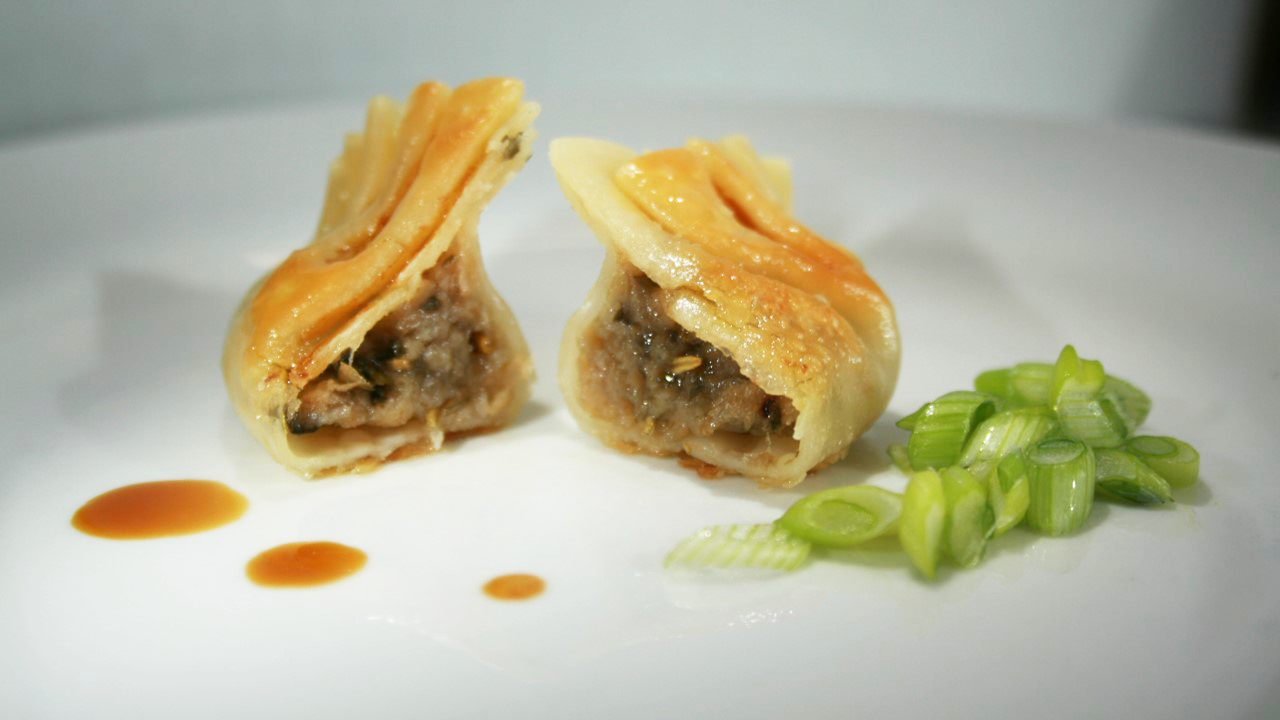Funding from IBioIC’s Feasibility Fund enabled Grampian Growers to work with Professor Giovanna Bermano from Robert Gordon University and Dr Gordon McDougall of The James Hutton Institute to assess the feasibility of valorising potato haulms as feedstocks for ingredients and high value products for global markets.
Read MoreSustainable Extricko is developing a closed loop recycling process for petrochemical derived materials like sails, with the goal of integrating end-of-life (EoL) sails into the circular economy.
In this project, they wanted to characterise microbial growth and tolerance to sail recyclates and optimise fermentation conditions to progress this technology towards scale-up and industrial application.
Read MoreThere’s limited knowledge about the potential value of marine growth on decommissioned offshore assets. CessCon Decom wanted to characterise the nutritional composition of the marine growth and assess the feasibility of extracting valuable components.
Read MoreThis project investigated the feasibility of miniaturising and optimising the biological treatment of the wastewater effluents from SEM biofertilizer process.
Read MoreFunding from IBioIC’s Feasibility Fund enabled C-Source Renewables and Stephen Wallace from the University of Edinburgh to work together to assess the potential for bread and potato waste generated from food waste to be used as a viable glucose replacement for the bioproduction of three chemicals used to make valuable industrial products which are currently manufactured from diminishing fossil resources.
Read MoreThis project aimed to address two distinct issues; costly waste from salmon fisheries and the toxicity and unsustainability of conventional surfactants, which are produced from synthetic or petrochemical feedstocks.
Read MoreHigh-performance steels and alloys necessary for modern applications comprise of a plethora of valuable and critical metal resources such as nickel, cobalt, tantalum, niobium, and rhenium, which are currently poorly recycled. SEM wanted to look at potential routes to the recovery of metals which can then be re-used.
Read MoreLignin is a material obtained from woody biomass, such as forestry waste suitable for a range of applications. Sonichem wanted to investigate the feasibility of using their natural lignin in the production of advanced, bio-based and sustainable films and resins in packaging and composite manufacturing.
Read MoreSuccessful project to assess the feasibility of extracting platform chemicals from spent lees delivers a valuable new feedstock, a bespoke analytical tool, additional product streams and evidence to substantiate the company’s green credentials.
Read MoreThis project saw RHAPSEDA clone, test, and verify an alternative production approach for a Strep A vaccine production platform. A successful outcome has advanced the company’s plans for commercial production of a genuinely affordable vaccine for all.
Read MoreSuccessful collaboration between FlexBio and the Edinburgh Genome Foundry demonstrates potential impact for future projects.
Read MoreThis Feasibility Fund project explored the use of oil extracted from fish industry waste to create an eco-friendly, high-value, biobased surfactants, an innovative approach that could ensure affordability and align with sustainable practices.
Read MoreThe success of this project provides opportunities for Scottish Water and Scottish Water Horizons to circularise a process for disposing of Human sewage sludge and cleaning wastewater of phosphorus. The project will contribute to Scottish Water’s commitment to Net Zero by 2040.
Read MoreFunding from IBioIC enabled CuanTec to work with Abertay University to determine the antimicrobial efficacy of the company’s proprietary chitosan based prototype formulations
Read MoreThe technology developed in this successful Innovation Fund project could enable Ingenza to identify additional commercial opportunities to expand their current P. pastoris biologics manufacturing platform and attract new commercial end-user partnerships.
Read MoreThis exciting project has enabled Nanosensr to secure a commercial champion and further funding, and also map the regulatory landscape for novel biosensor technology.
Read MoreThis successful project has moved SV alginate anodes for use in Lithium-ion batteries from proof of concept to late TRL 4 . MBL now hope to deliver commercial solution to market within the next three to five years.
Read MoreThis project assessed the effect of growth media formulation and time of harvest on the growth rate, biochemical composition, and digestibility of a selection of phytoplankton maintained at CCAP, and identified two strains of commercial interest.
Read MoreThis successful Feasibility Fund project represents a world-first step towards finding a natural solution to valorise waste wool.
Read MoreThis successful project advanced the development of cell lines for cultivated meat and enabled the team to win additional funding to run further projects.
Read More



















